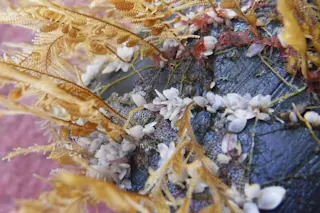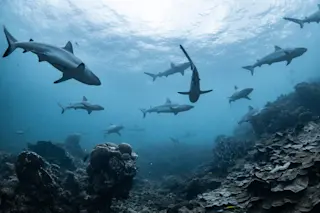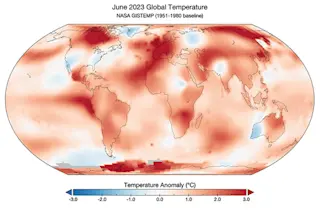Novelist John Steinbeck and marine biologist Ed Ricketts collaborated in 1940 to write The Sea of Cortez: A Leisurely Journal of Travel and Research, a travelogue of their six-week voyage along the Baja California peninsula and a serious investigation of the aquatic life of the adjacent Sea of Cortez (also known as the Gulf of California). Sixty-four years later, a group of marine biologists, a scientist-photographer, and a writer have retraced this journey. The new crew used the same kind of no-frills fishing boat as Steinbeck and Ricketts, but theirs was outfitted with state-of-the-art instruments and equipment; fittingly, their account appears not on paper but on the Internet.
The Sea of Cortez Web site tells the story both of this recent expedition and the one that inspired it. Using as a starting point the extensive catalog compiled by their predecessors, researchers from the Stanford University Hopkins Marine Station, led by ...














